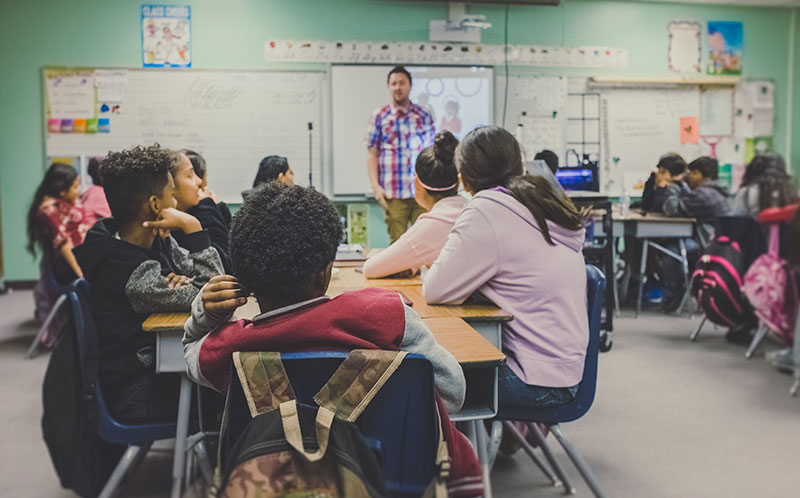

Translate This Page
Dear visitor,
الذى فى الاعلى

Countries and Nations:
Learning about a foreign language is not enough to
know about other peoples and other countries.
It is very important to know about the culture, values,
customs, traditions, ways of thinking and the ways of
living of the people whose language you are
studying
about. Knowing about cultures facilitate the mutual
understanding among peoples. Mutual understanding
creates good ties and
relations on the standard of
individuals, peoples and countries.
Good relations lead to solving problems, ending wars
and spreading love,
tolerance, peace and happiness
all over the world.

Learning and Learners:
traits we call “style” and also learned cultural values that
affect behavior.
The learner, of any
age, is a product of nature and
nurture. We each are born with predispositions for
learning in certain ways.
We also are products of
external influences, especially
within our immediate family, extended community, and
culture. Researchers confirm that learning patterns are a
function of both nature and nurture
Why is it Important to Encourage
Diversity in Schools ?
Fostering inclusion and awareness around
multicultural education and taking a culturally
responsive approach to teaching benefits all
students.
Not only does creating greater multicultural
awareness and inclusion help students with
different backgrounds and needs succeed,
but it encourages acceptance and helps prepare
students to thrive in an exponentially diverse world.
Diversity in and out of the classroom will continue
to grow, so it’s essential we prepare students to
adapt to an evolving world and embrace those
different from themselves.
How do you Manage Diversity in
the Classroom?
There are several ways teachers and administrators,
such as principals and
coaches, can ensure that both
the classroom environment and curriculum are
responsive to the increasing cultural diversity of our
society.
These strategies will encourage all students’ cultural
awareness, enhancing each student’s sense of identity,
and foster inclusion in the classroom community.
Why is it Important to Teach Culture in
the Classroom?
It is important to remind ourselves why diversity
and cultural
awareness is so crucial in the classroom
and the benefits it can have on
students now and in
the long-term.
Teaching diversity exposes students to various cultural
and social groups, preparing students to become
better citizens in their communities. These culturally
responsive teaching strategies will help you to
promote diversity in the classroom.
Students Become More Empathetic
Promoting awareness and creating a personal
connection with diverse cultures in the classroom can
prevent students from developing prejudices later in
life.
It allows them to empathize with people
different
from themselves since they’re more aware of the
experiences someone of a different race or cultural
group may face.
Students Gain a Better Understanding
of Lessons and People
When working and learning with people from a variety
of backgrounds
and cultures present in the classroom,
students gain a more comprehensive understanding of
the subject matter. It also teaches
students how to use
their own strengths and points of view to contribute
in a
diverse working environment.
Students Become More Open-Minded
Naturally, by exposing students to a diverse range
of opinions,
thoughts, and cultural backgrounds,
you’re encouraging them to be more open-minded
later in life. This will make them open to new ideas
and be able to attain a greater comprehension on a
topic by taking in different points of view.
Students Feel More Confident and Safe
Students who learn about different cultures during their
education feel more comfortable and safe with these
differences later in life.
This allows them to interact in
a wider range of social groups and feel more confident
in themselves as well as in their interactions with
others.
Students Are Better Prepared for
a Diverse Workplace
With the rise of globalization, it’s more important to be
able to work with people from different cultures and
social groups.If students are exposed to diversity and
learn cultural awareness in the classroom, it sets them
up to flourish in the workforce.











